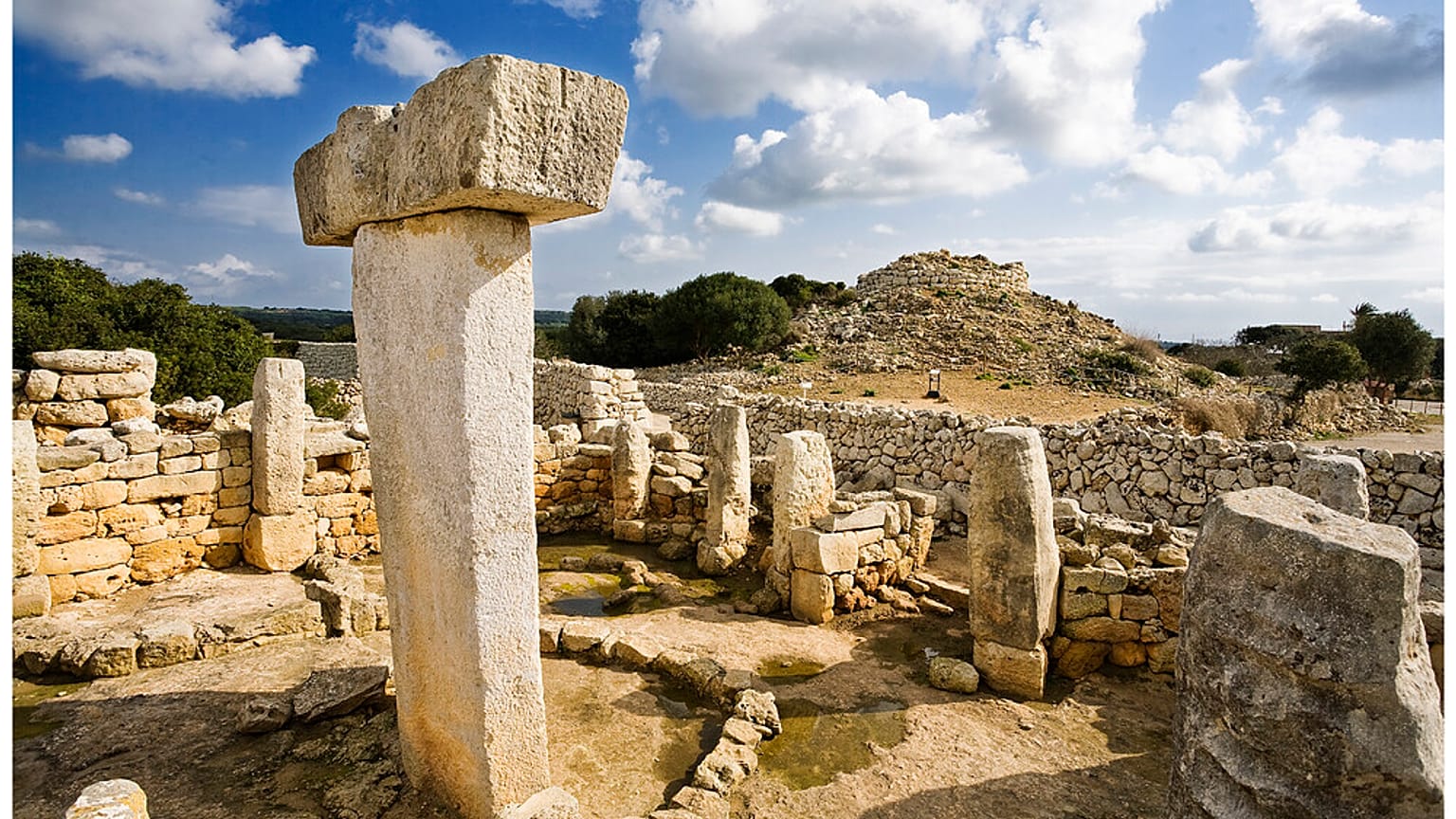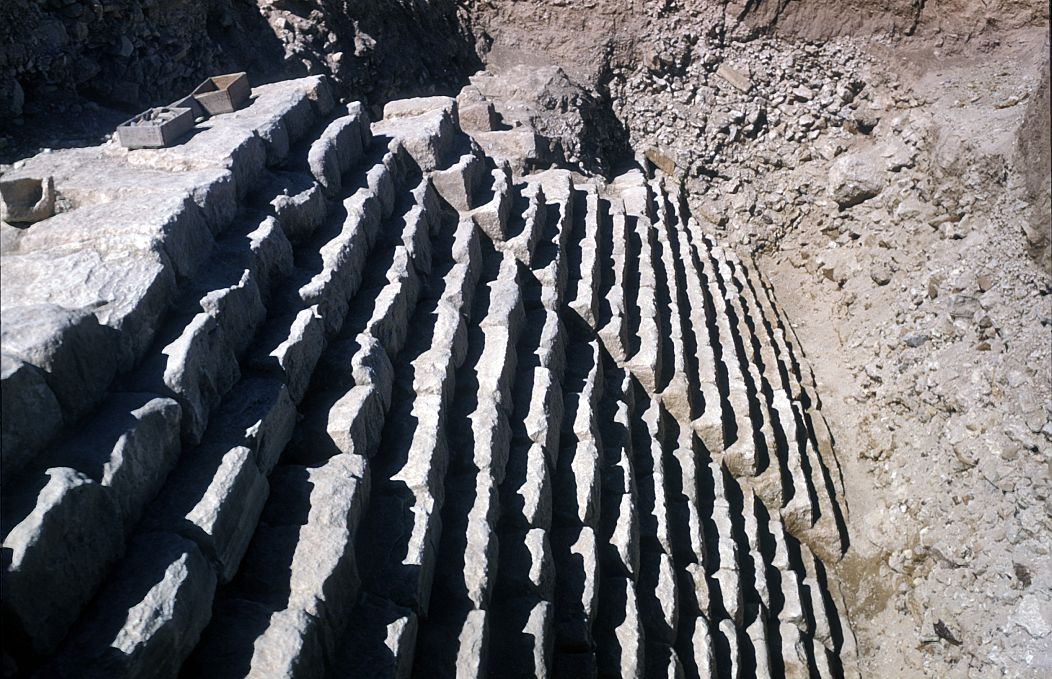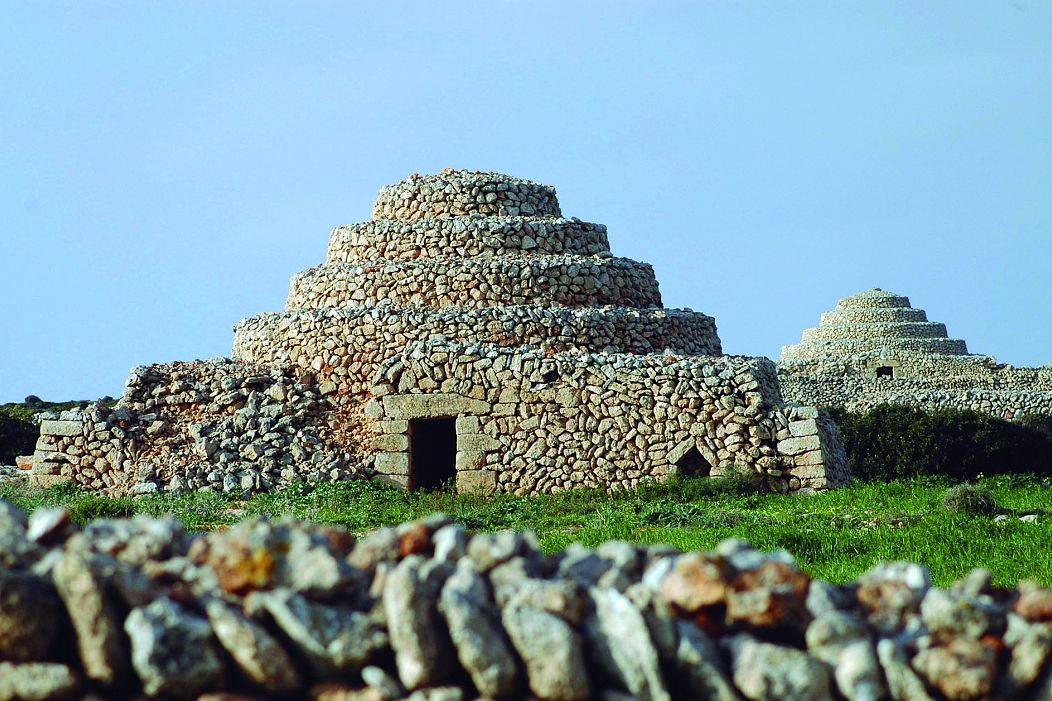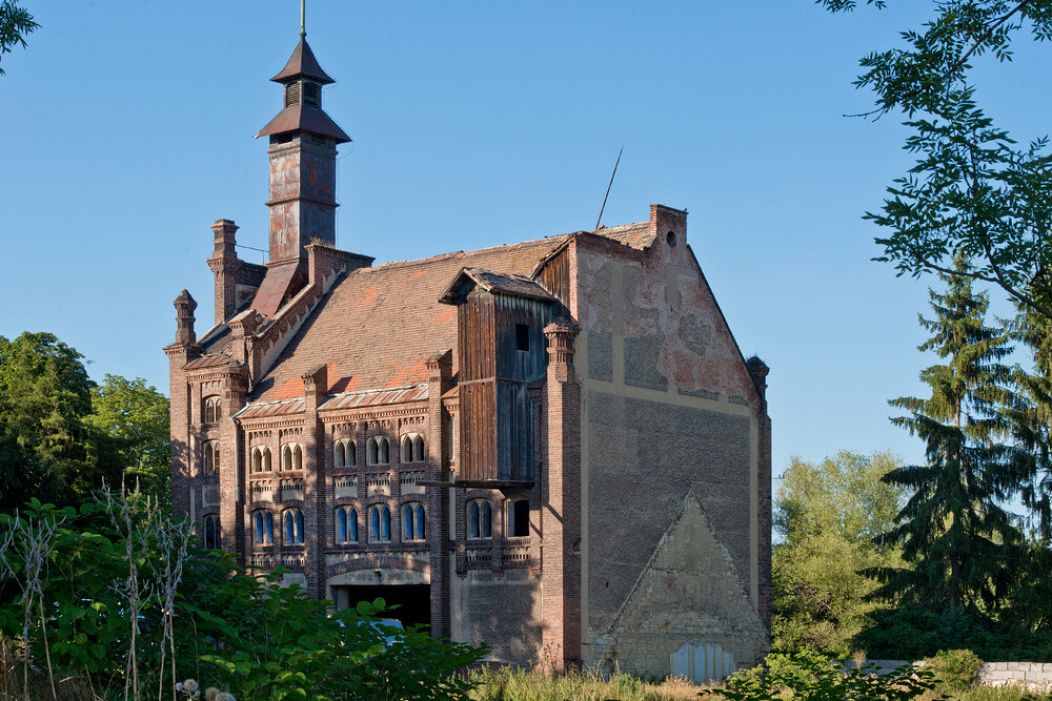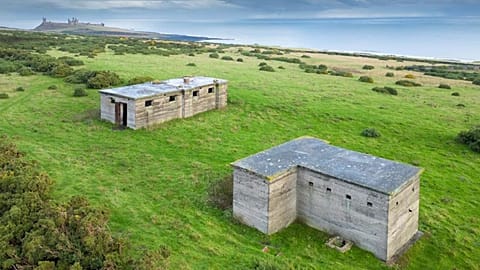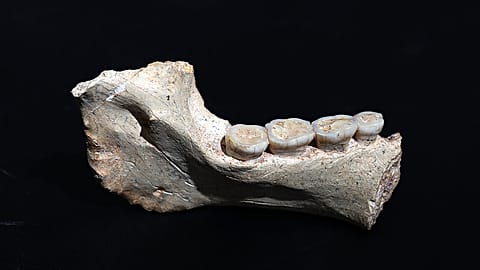Which European sites are being added to UNESCO's World Heritage List?
From ancient cities to producing beer; UNESCO's latest European additions give a lot of travel inspiration.
UNESCO has started to announce the new sites to be added to its World Heritage List.
The UN-initiative list is a collection of landmarks of special significance to the human race. Whether through a remarkable human contribution or the sheer wonder of natural beauty, World Heritage Sites are protected to ensure they can be conserved for future generations to enjoy.
This month, the World Heritage Committee are meeting in Riyadh, Saudi Arabia, to inscribe a new set of sites into the list. The committee began with nominations not covered in 2022 before moving onto 2023’s nominations.
Before the committee met, there were 1,157 World Heritage Sites. The list has already increased and has been announcing the new sites since 16 September.
Here are some of the most notable new sites announced across Europe so far.
Gordion – Türkiye
Located around 70km southwest of Ankara, this archaeological site is what remains of Gordion, the capital city of Phrygia. The ancient civilization was a contemporary of the Ancient Greeks with myths of their kings Gordias, Midas, and depicted in Homer’s ‘Iliad’.
Jewish-Medieval Heritage of Erfurt – Germany
Slap-bang in the middle of Germany, the city of Erfurt hosts an impressive array of preserved Middle Age Jewish cultural sites. Dating back from the 11th-14th century, the Old Synagogue, the Mikveh, and the Stone House paint a fascinating picture of Jewish life in Germany.
Modernist Kaunas: Architecture of Optimism, 1919-1939 – Lithuania
Between the First and Second World Wars, Lithuania's capital was Kaunas. The city was entirely regenerated by the Modern Movement architecture philosophy. Still present today, Kaunas’ urban streets are a reminder of that fascinating era.
Old town of Kuldīga – Latvia
Another example of a walkable town whose streets fizzle with cultural heritage. Kuldīga grew from a tiny mediaeval hamlet in the 16th century into an important craft and trades city over 200 years. The changes to the architecture remain today.
Prehistoric Sites of Talayotic Menorca – Spain
Dating back as far as 1,600 BCE, communities have lived on Spain’s Menorca island. Structures, tools and burial places bring insight to the ways people lived on Menorca, as well as their rituals and habits over a millenia before Christianity came to European shores.
Viking-Age Ring Fortresses – Denmark
Across five different sites, there are monumental rings in Denmark demarking where Viking Fortresses once stood. Built between 970 and 980 CE, the Aggersborg, Fyrkat, Nonnebakken, Trelleborg and Borgring were all key locations in the Viking Empire’s Jelling Dynasty.
Žatec and the Landscape of Saaz Hops – Czechia
Go to Žatec and you’re guaranteed a good time if you’re a fan of beer. The fertile hop fields near the river Ohře provide the area with the base for its excellent beer industry that has provided industrial revolution to the mediaeval city.














